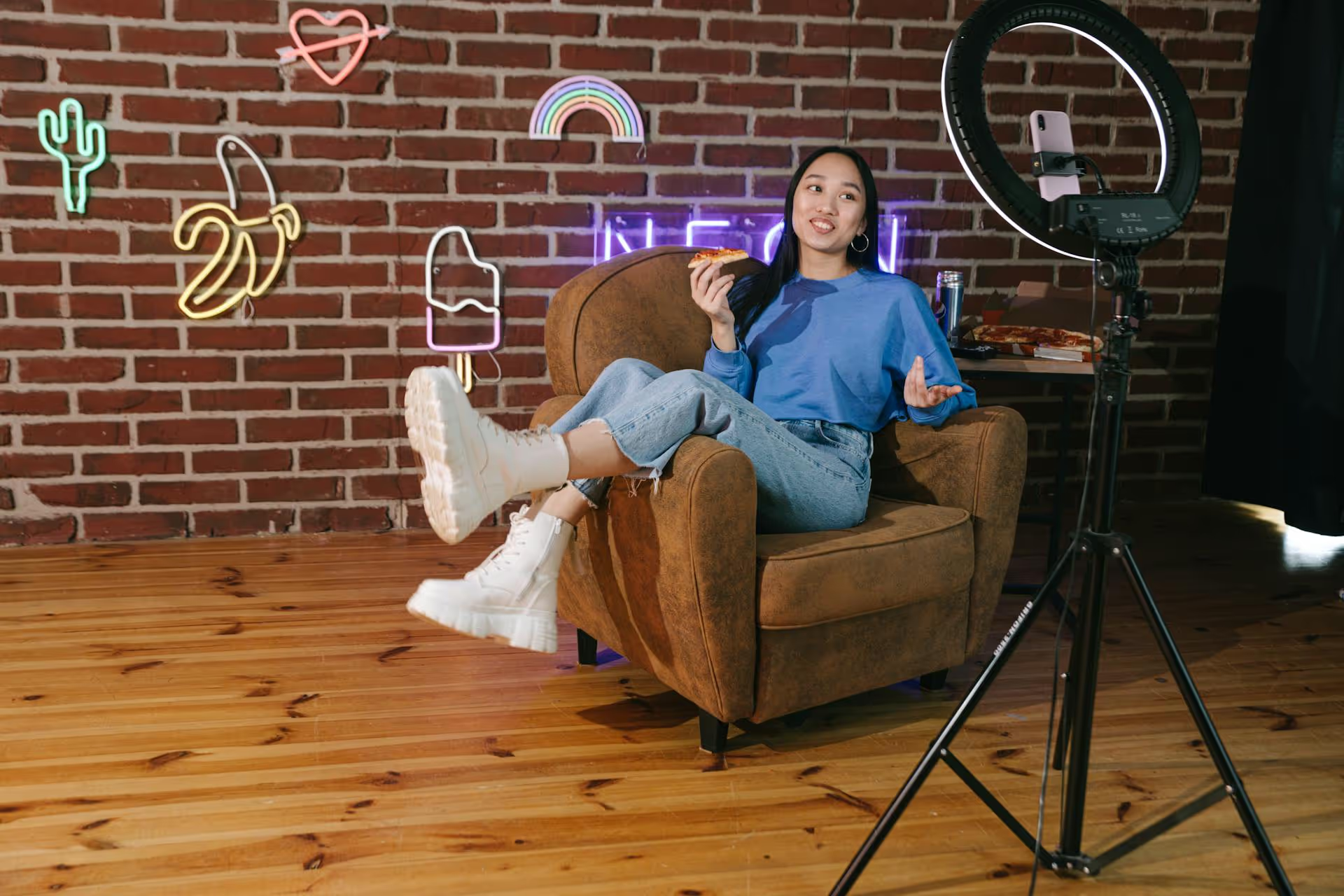How to Add Social Media Icons to an Email Signature
Enhance your email signature by adding social media icons. Discover step-by-step instructions to turn every email into a powerful marketing tool.

Making sense of your Facebook Page Insights can feel like searching for a light switch in a dark room, but it’s where you’ll find exactly what your audience loves, what they ignore, and how to create more of what works. This guide breaks down exactly which metrics matter, where to find them, and how you can turn all that data into a smarter, more effective content strategy that grows your brand.
Meta has a habit of moving things around, but as of right now, your Page Insights are located within the Meta Business Suite. It can be a bit of a maze, so here’s the most direct path:
Once you’re in, you'll see a collection of tabs and charts. It can look overwhelming, but you only need to focus on a few key areas to get 90% of the value. Let’s walk through them.
When you land in the Insights section, you'll see several tabs: Overview, Results, Audience, and Content. Instead of getting lost in every single number, let's focus on the metrics within these tabs that give you the clearest picture of your performance.
This tab is your high-level health report card. It’s the first place to look to see if your efforts are moving the needle. It combines what used to be called "Reach" and "Engagement" into one central hub.
Look for trends over time. Is your reach slowly climbing or is it stagnant? Did your engagement rate spike last week? If so, go look at the content you posted during that period. The Results tab is great for spotting macro trends, which prompt you to dig deeper into the "why" in the other tabs.
This is where you graduate from looking at overall trends to analyzing what’s working on a post-by-post basis. A few minutes in this section every week can completely change your content strategy for the better.
Here’s a simple exercise. Go to the Content tab and sort your posts by Reach or Engagement for the last 28 or 90 days. Your top 5-10 posts will immediately appear at the top.
Now, ask yourself some questions about these top performers:
The patterns you find aren’t a fluke, they are a direct message from your audience about what they want to see. Your job is to stop guessing and start creating more content that fits these winning patterns.
Example: You run a local bakery and see that your top posts are consistently short videos of your team frosting cakes, while polished graphics of your new specials get minimal engagement. The insight? Your audience craves authentic, behind-the-scenes content over polished ads. Your new strategy: post one "making of" video every week.
If the Content tab tells you what to post, the Audience tab tells you who you're posting for. Ignoring this data is like trying to give a speech without knowing who’s in the room.
Start by checking if your actual audience matches your target audience. If you’re trying to sell a product aimed at college students but your audience is primarily 45-54, you have a disconnect. Your content might be attracting the wrong people, or your target audience isn’t on Facebook. This is foundational information for your entire marketing strategy.
You don't need to spend hours in your Insights every day. A focused 15-20 minutes once a week is enough to get massive value.
Here’s a simple routine:
Analyzing your Facebook Page Insights is less about drowning in data and more about listening to what your audience is telling you through their actions. By zeroing in on a few key metrics and consistently checking in on what’s working, you can stop guessing and start creating content that builds a real connection and drives meaningful results.
Working in social media, we know how messy it can get trying to stitch together reports - pulling data from Facebook, then Instagram, then trying to compare it all in a spreadsheet. That’s a huge reason why we built Postbase with a clean, unified analytics dashboard. You can see what’s working across all of your channels in one calm, organized space, making it simple to spot trends and build a smarter strategy without ever leaving the page.
Enhance your email signature by adding social media icons. Discover step-by-step instructions to turn every email into a powerful marketing tool.
Learn how to add your Etsy link to Pinterest and drive traffic to your shop. Discover strategies to create converting pins and turn browsers into customers.
Grant access to your Facebook Business Manager securely. Follow our step-by-step guide to add users and assign permissions without sharing your password.
Record clear audio for Instagram Reels with this guide. Learn actionable steps to create professional-sounding audio, using just your phone or upgraded gear.
Add translations to Instagram posts and connect globally. Learn manual techniques and discover Instagram's automatic translation features in this guide.
Optimize your Facebook Business Page for growth and sales with strategic tweaks. Learn to engage your community, create captivating content, and refine strategies.
Wrestling with social media? It doesn’t have to be this hard. Plan your content, schedule posts, respond to comments, and analyze performance — all in one simple, easy-to-use tool.